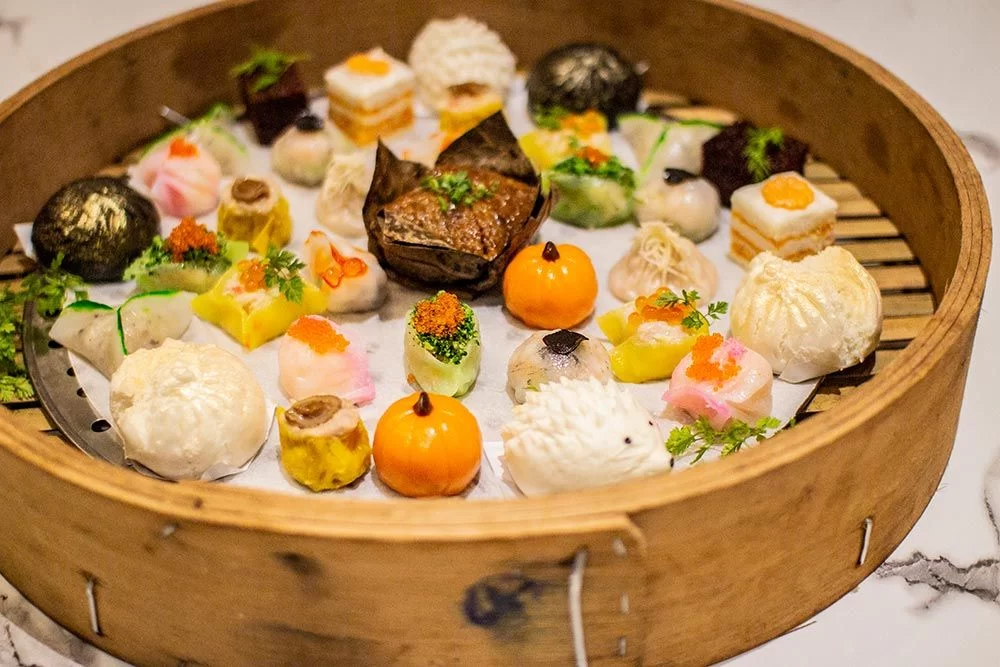Asian Food Guide: Exploring the Rich Flavors and Traditions of Asian Cuisine
- 1. Introduction to Asian Food
- 2. Major Cuisines in Asian Food
- 3. Key Ingredients in Asian Cuisine
- 4. Popular Asian Dishes You Must Try
- 5. Expert Cooking Tips for Asian Food
- 6. Where to Buy Authentic Asian Ingredients
1. Introduction to Asian Food
Asian food is a tapestry of diverse flavors, textures, and traditions. From the rich, aromatic spices of Indian cuisine to the delicate umami of Japanese dishes, Asian food offers an exciting culinary journey for any food lover. Whether you're a seasoned cook or a beginner exploring new flavors, understanding the core principles of Asian cuisine can open doors to countless delightful meals.
2. Major Cuisines in Asian Food
Asia is a vast continent with a multitude of culinary traditions, each with its own distinctive flavors and techniques. Here are some of the major cuisines that define the rich diversity of Asian food:
- Chinese Cuisine: Known for its balance of flavors, Chinese food uses a combination of sweet, salty, sour, and umami tastes. Popular dishes include dumplings, fried rice, and Peking duck.
- Japanese Cuisine: Japanese food is often characterized by its emphasis on freshness and simplicity. Sushi, ramen, and tempura are staples in this cuisine.
- Indian Cuisine: Indian food is packed with vibrant spices, rich curries, and diverse rice dishes like biryani. It’s famous for its use of spices such as cumin, turmeric, and cardamom.
- Thai Cuisine: Thai food balances spicy, sour, sweet, and salty flavors. Dishes like Pad Thai, green curry, and Tom Yum soup are renowned worldwide.
- Korean Cuisine: Korean dishes are known for their bold, spicy flavors, with staples like kimchi, bibimbap, and Korean BBQ.
3. Key Ingredients in Asian Cuisine
Asian food relies on a few essential ingredients that define its flavors. Some of these ingredients are used across multiple cuisines, while others are specific to certain regions. Here are the key ingredients to have in your pantry:
- Soy Sauce: A fundamental ingredient in Chinese, Japanese, and Korean cuisine, soy sauce adds a salty, umami depth to dishes.
- Rice Vinegar: Used in many Asian recipes, rice vinegar provides a delicate acidity that enhances the flavor of dishes like sushi and stir-fries.
- Fish Sauce: Essential in Southeast Asian dishes, fish sauce adds a salty, savory flavor to many Thai and Vietnamese recipes.
- Curry Paste: Whether red, green, or yellow, curry paste is the base of many Thai and Indian curries, contributing heat and flavor.
- Sesame Oil: A key ingredient in Chinese and Korean cuisines, sesame oil adds a rich, nutty flavor to stir-fries and soups.
4. Popular Asian Dishes You Must Try
If you're new to Asian food, starting with a few signature dishes can give you a great introduction to the flavors and techniques of the region. Here are some must-try dishes:
- Dim Sum: A Chinese tradition, dim sum consists of bite-sized portions of food such as dumplings, buns, and spring rolls, usually served with tea.
- Sushi: A quintessential Japanese dish, sushi is made with vinegared rice, seafood, and vegetables. It comes in various forms, including nigiri, sashimi, and rolls.
- Indian Butter Chicken: A rich, creamy curry made with marinated chicken, tomatoes, and a blend of aromatic spices.
- Pad Thai: A famous Thai stir-fried noodle dish made with eggs, tofu or shrimp, peanuts, and a tangy tamarind sauce.
- Korean BBQ: A fun and interactive dining experience where diners grill their own meat, typically served with banchan (side dishes) like kimchi and pickled vegetables.
5. Expert Cooking Tips for Asian Food
Cooking Asian food can seem intimidating, but with a few expert tips, you can master the art of preparing these delicious dishes at home:
- Use Fresh Ingredients: Fresh herbs, vegetables, and proteins are essential for making authentic Asian dishes. Freshness makes a significant difference in flavor.
- Master the Balance: Asian cuisines often focus on balancing sweet, salty, sour, and umami flavors. Taste as you cook and adjust the seasoning to achieve that perfect balance.
- Use a Wok: A wok is ideal for stir-frying, as it allows for quick cooking at high heat while retaining the vibrant flavors and textures of the ingredients.
- Don’t Skip the Marinades: Many Asian dishes, especially in Chinese and Korean cuisine, rely on marinating meat to infuse it with rich flavors.
6. Where to Buy Authentic Asian Ingredients
If you're eager to dive deeper into the world of Asian cuisine, having access to authentic ingredients is crucial. At Chinese Food, you can find a wide variety of high-quality Asian ingredients such as soy sauces, curry pastes, fish sauces, and more. We offer everything you need to cook like a pro, bringing the authentic flavors of Asia to your kitchen.








